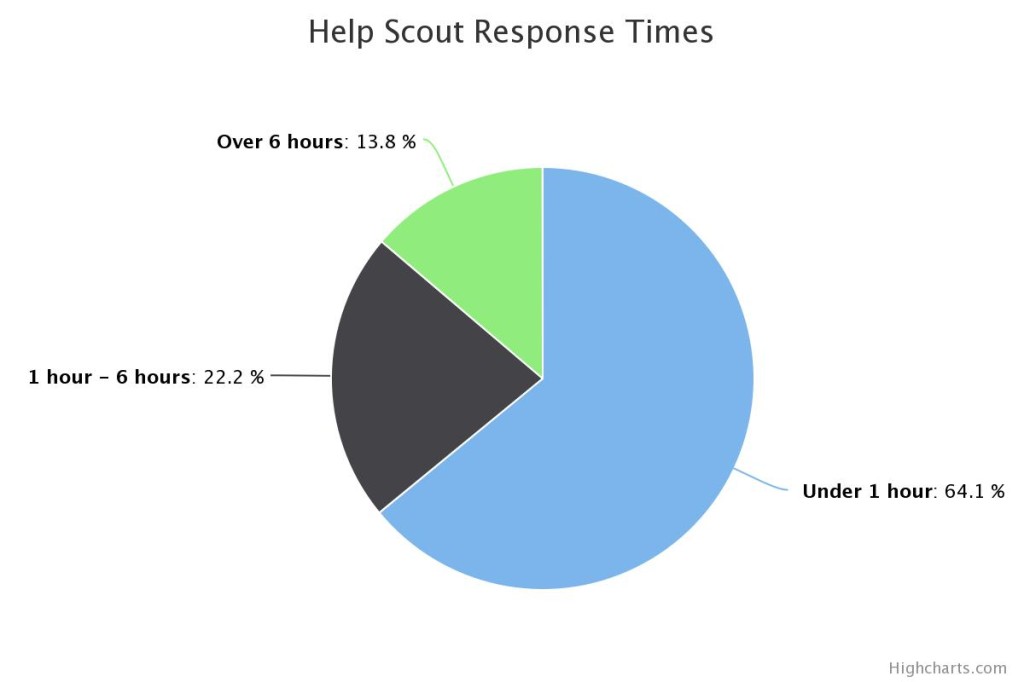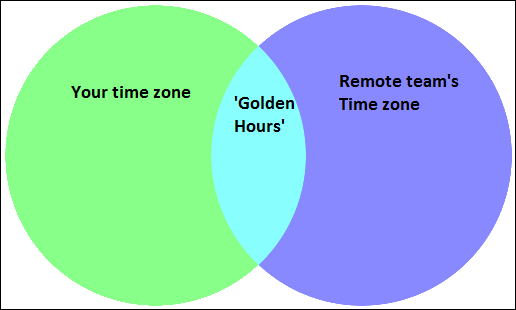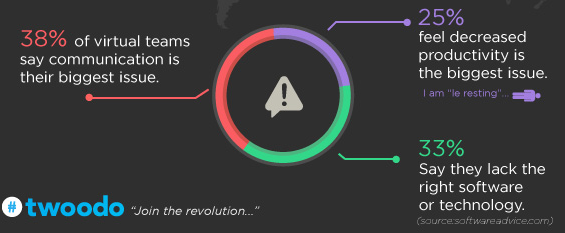5 Strategies To Manage Remote Team
Remote jobs are awesome. Unless the person having to manage five people on four continents. Try these five strategies for getting the most out of your remote team.
Join the DZone community and get the full member experience.
Join For Freehiring a remote team of developers means you bring resources on board for your development projects without allocating physical space in your office. the idea is cost saving as well as professional these days. a help scout survey found "approximately 69 percent of the employees surveyed cited higher productivity when working remotely."

read more: hiring remote developers? remember these tips
however, it can be a daunting task to manage remote teams sitting miles away from you. the obvious challenge when working with a remote team is that there are few, to no, options for face-to-face interaction. apart from that, the other challenges are:
1) coordinating across different time zones.
2) building rapport with team members of different mindsets.
3) collaborating among different cultures.
4) keeping communication clear among the members.
virtual team management seems tough, but not unsolvable. let's discuss some strategies to help bridge the distance between local and remote teams, and ideas to help mitigate other potential issues as well.
minimizing time zone difficulties:
if your office is in new york or london and you are teaming up with indian developers, then they might be sleeping when you are catching their bugs. hence, it's really hard to communicate the normal way.
however, you can schedule a meeting time every day when both parties are available to discuss their daily plans. this will help you avoid communication gaps. a study from help scout found that a daily meeting vastly increases response time:

building a rapport:
 "in teamwork, silence isn't golden, it's deadly" - mark sanborn
"in teamwork, silence isn't golden, it's deadly" - mark sanborn
it's important for any program, but especially agile remote teams /dedicated remote development teams , to have a solid rapport with each other. personal connection builds trust, eases self-organization, minimizes missed expectations, and boosts morale.
give your teams some time to feel comfortable with their remote colleagues. for example, you can use video calling to help bridge some the interpersonal gaps. face-to-face video conferencing somewhat gives you the feeling of working in the same office. other than that don't limit conversations only to work related issues. talk freely and give enough space to build a healthy relationship.
getting everybody on the same page:

decision making is crucial for every project. that's why everyone should be aware when a decision is made. for a remote team, it's harder to keep them informed. it's always easy to forget these little things that make a big difference.
hence, when you are working with a remote team, it's better to build a transparent culture across the board. whenever a decision is made, it should be documented and delivered to all. this will ensure that you and your team are on the same page.
utilizing the 'golden hours':

for a photographer, the 'golden hours' are those times in the morning and the evening when the lighting is just right, allowing them to get the perfect picture. similarly, for your local and remote teams, the golden hours are those times when both are up and working, and instant communication is possible. even if it's only 2-3 hours a day, that's your time.
in your golden hours, you need to execute all the important tasks that require both side's attention. you can keep the daily meetings, make important decisions, fix bugs, review work, and update a project's status in this time span every day.
utilizing the right tools for remote team communication:

video calling is an excellent way to communicate remotely. however, you don't want to do that for fixing minor issues or documenting things. selecting the right tools for the right communication purpose is important.
therefore, try and reserve video calls for your daily or weekly meetings. it proves far simpler to just use emails for documentation and standard phone calls for fixing minor issues. an internal social networking platform can also be used for regular chats and announcements. differentiating tools for different purposes will not only save cost but also your productivity.
read more: 10 tips for managing remote teams
it's always hard to manage a remote team. however, if you follow the above strategies, it can be much less difficult for you to successfully execute projects.
Published at DZone with permission of Arnab Sarkar, DZone MVB. See the original article here.
Opinions expressed by DZone contributors are their own.

Comments